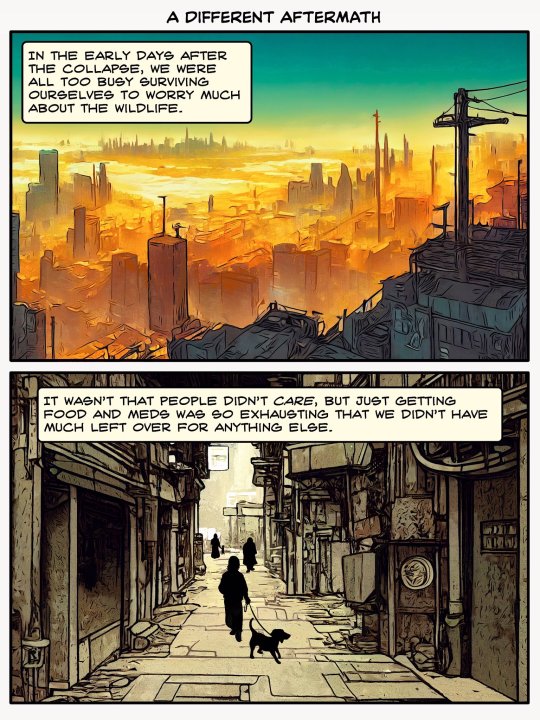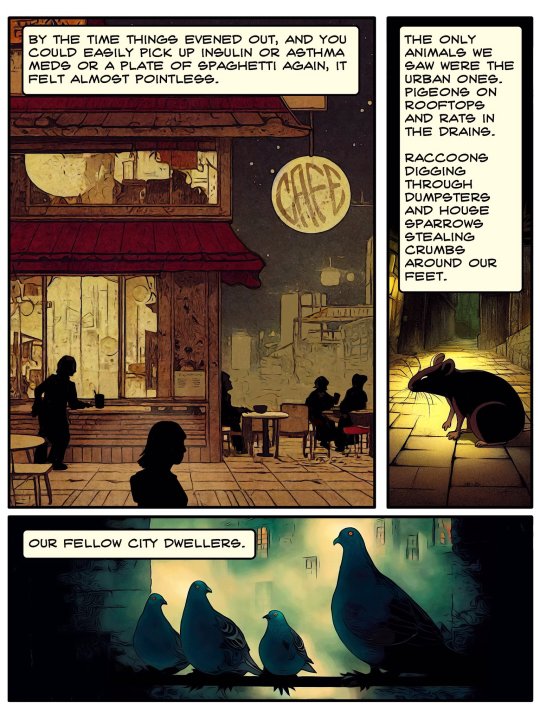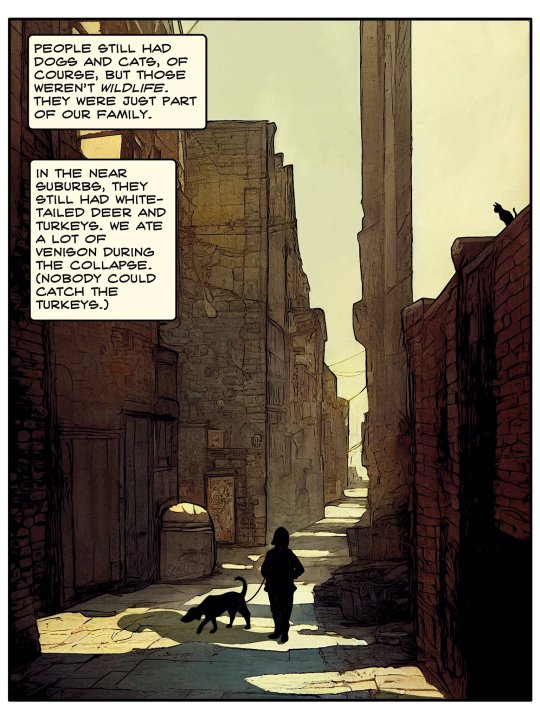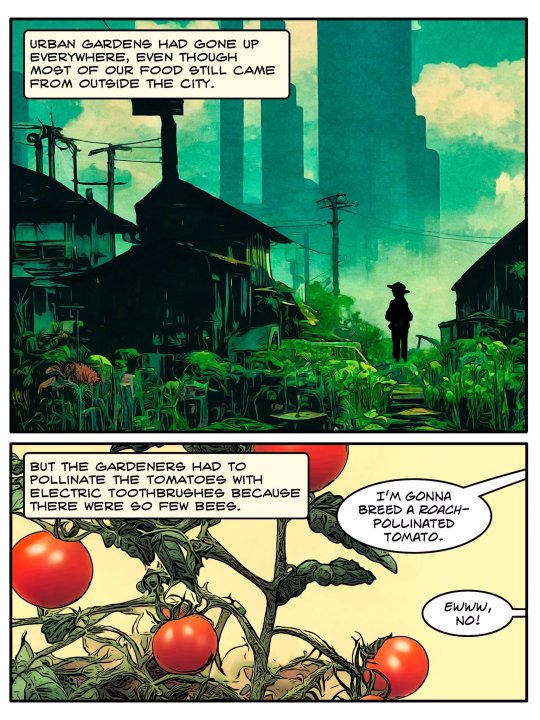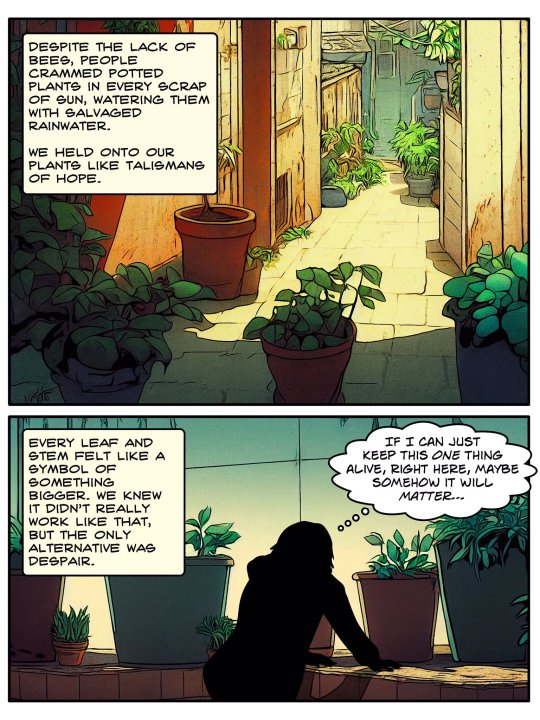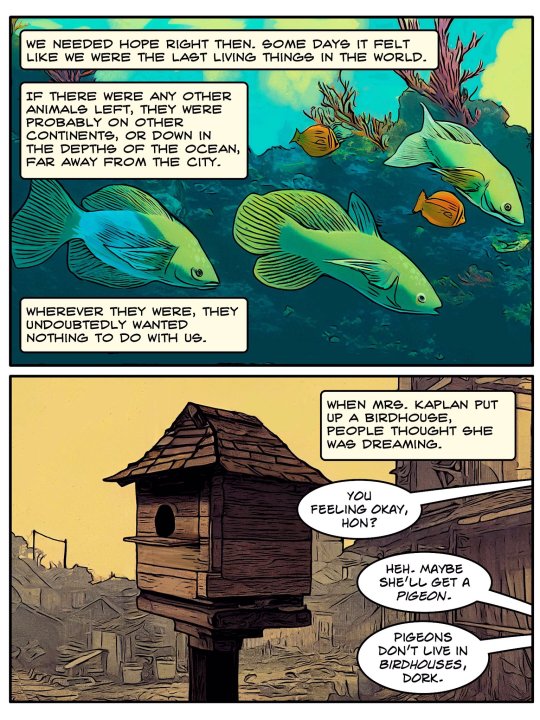Hello! This is a small information nest of one student of Places and Placemaking, created for collecting interesting and inspirational posts relevant to landscape architecture and urban planning, plus various life hacks and stuff that resonates with something deep within. Sometimes there is original photography. Updating is kinda irregular, so be prepared for some infodumping.
Don't wanna be here? Send us removal request.
Text








Hassan Ragab: Recycled Plastic Art Nouveau Facade Chairs (2023)
42K notes
·
View notes
Text

A dress shaped stained glass sculpture
1K notes
·
View notes
Text
hey. don’t cry. crush two cloves of garlic into a pot with a dollop of olive oil and stir until golden then add one can of crushed tomatoes a bit of balsamic vinegar half a tablespoon of brown sugar half a cup of grated parmesan cheese and stir for a few minutes adding a handful of fresh spinach until wilted and mix in pasta of your choice ok?
252K notes
·
View notes
Text
sth i believe in is the importance of getting to know the place you live. how’s it put together? who lives here and why and where? what layers comprise this place? what did it used to be? why are the streets laid out how they were? whose ideas and visions and values went into its construction? what ideals battled to design its future, and who won? what fights have been fought over this land and its use and its care? what is still at stake? especially if it interests you to imagine places becoming different than they are, i think it’s important to understand what else they have been and how they got to how they are now
also to help yourself develop a sense of rootedness and link yourself into an unfolding of history anchored in place. it doesn’t have to be a place you’ve lived a long time or are planning to, i still think there’s value in connecting with the human & more than human geographies around you. do you have to be as alienated as you might feel? can you bridge that? a lot of places feel misused, or abandoned, or soulless and impersonal, meant to keep us apart even sharing the same space. but how did they get this way? can they be something else?
169 notes
·
View notes
Text

4K notes
·
View notes
Text
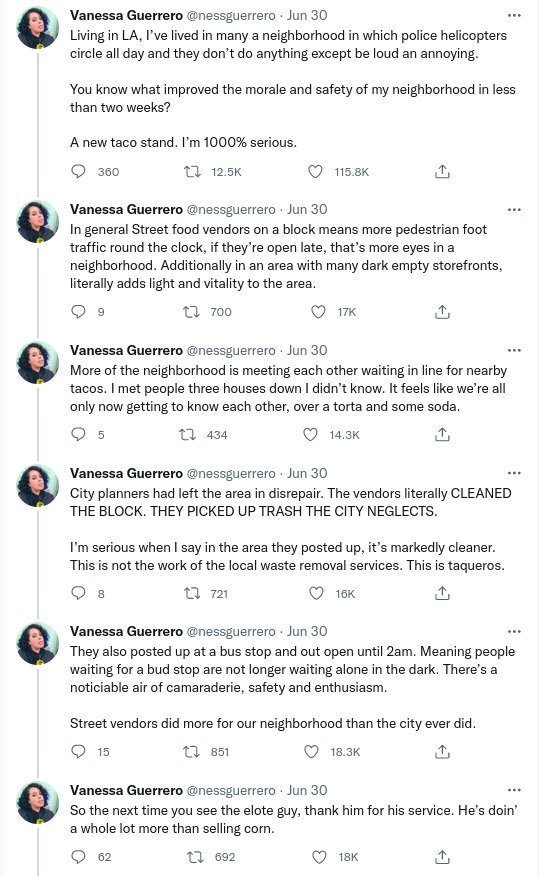
ALT
127K notes
·
View notes
Photo
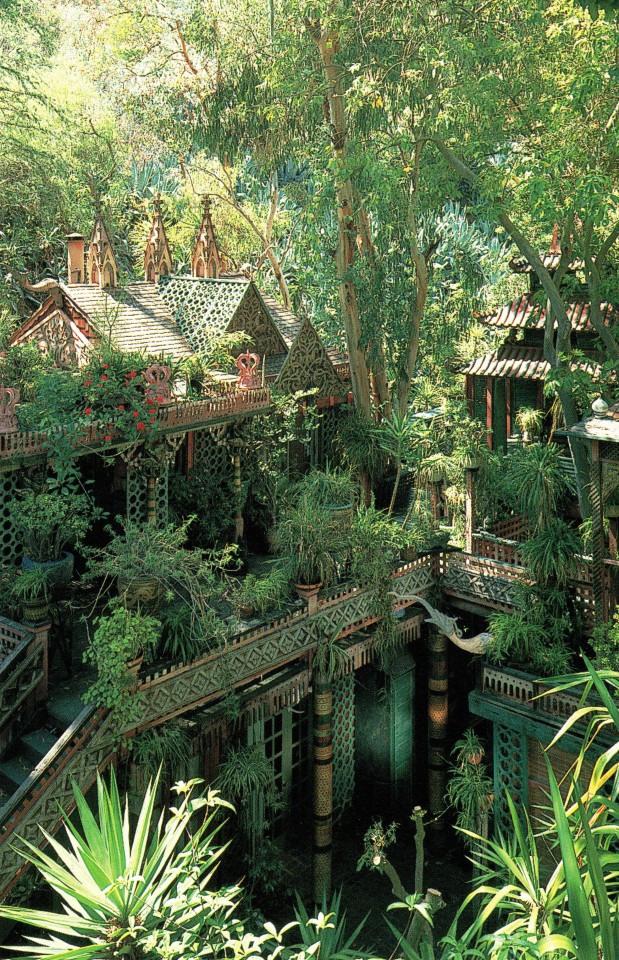
Dawnridge. The house overlooks a ravine filled with pagodas, fantasy pavilions, and junglelike foliage.
The Los Angeles House, 1995
17K notes
·
View notes
Link
Great news! Go bees!
9K notes
·
View notes
Text
The Ants of Obiekt Specjalny 3003
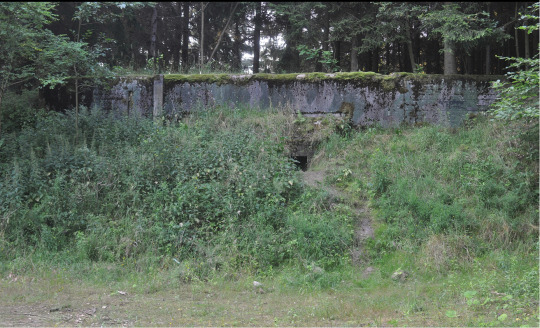
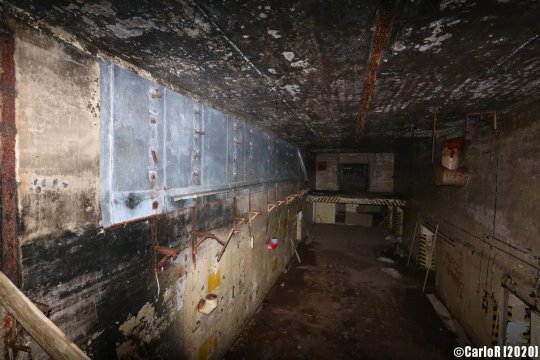
In the late 1960s, the Soviet Union secretly constructed several bunkers in Poland. One such facility, Obiekt Specjalny 3003, is located on the outskirts of Templewo, about 90 miles east of Berlin. Although the Polish government funded the bases, the Poles didn't learn they contained nuclear weapons until the Soviets decommissioned the sites in the 1992.
But we're not here to talk about an abandoned nuclear base. Oh no, no, no. We're here to talk about an abandoned nuclear base full of ants.
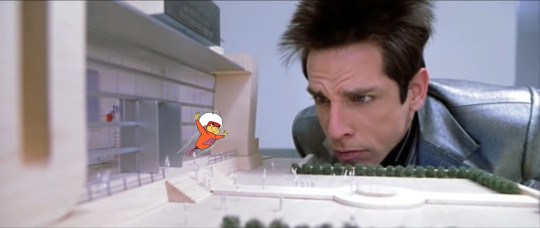
[Above: artist's conception]
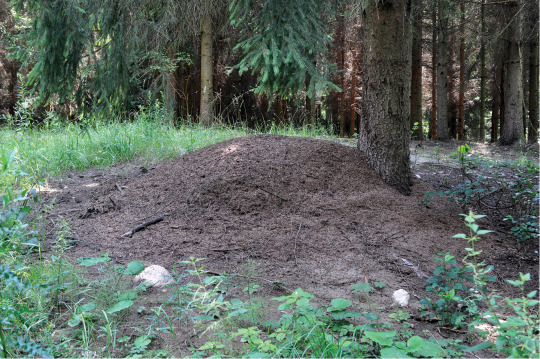
To ensure proper storage of the nuclear warheads, the bunker has a couple of ventilation pipes running up to the surface. One of these pipes is now covered by a large nest of red wood ants. Evidently the pipe was covered by a metal plate, which has since rusted away, allowing some unlucky ants to occasionally fall through the cracks. The lost ants routinely tried to climb back up, but although they could scale the walls, they didn't seem to be able to cross the ceiling to reach the pipe. And so they remained trapped in the frigid darkness of Obiekt Specjalny 3003.
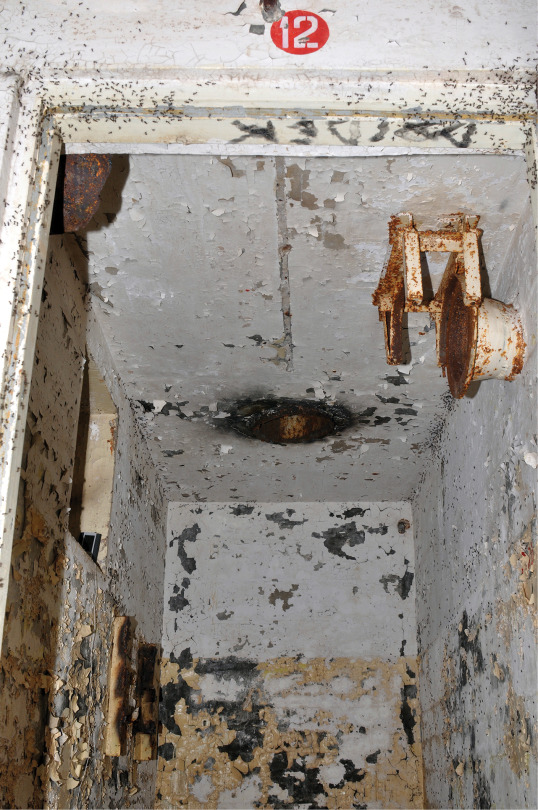
The plight of the ants might have gone unnoticed by humans, but in 2012 researchers began visiting the site to study bats that hibernated in the bunker. The fallen ants were discovered in 2013. Despite the lack of food, light, and heat, the ants had managed to build a substantial nest. Further examination in 2015 identified the original nest at the top of the pipe, and that the underground "colony" had no queens or larvae of its own. As ants in the chamber died off from the harsh conditions, the population could only be replenished by new ants falling from above.
The death rate in this "colony" was obviously quite high, given that about two million dead ants were piled along the walls. And yet, enough ants survived each winter to keep things running until of new ants arrived in the summer months. A 2015 inspection estimated the population at several hundred thousand.
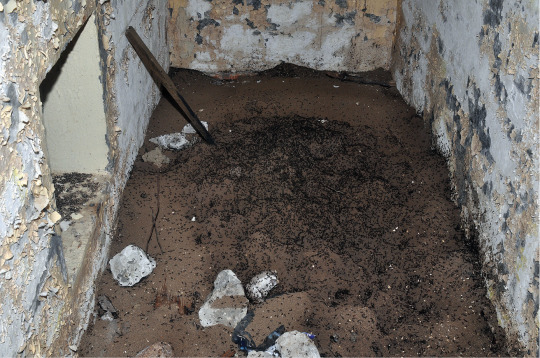
Two papers on the "colony" were published in 2016 and 2019. The first paper established that the ants had no adequate source of food, and the second concluded that they had resorted to eating their dead. As a result, many articles on the web have sensationalized these animals as "cannibal ants." The thought of ants trapped in a nuclear bunker until they eat each other alive does, I admit, rule ass. However, scientists reintroduced about 100 of the bunker's ants to the original nest, and fund no evidence of aggressive behavior. So no, the trapped ants aren't all insane or whatever; they just cannibalized their dead for lack of any alternatives.
Armed with this knowledge, the team decided to give the ants a way out of Obiekt Specjalny 3003. In September 2016 a wood plank was set up so the ants in the bunker could climb directly to the mouth of the pipe, bypassing the ceiling that evidently gave them so much trouble. Five months later, the underground nest was almost completely deserted. I sure wasn't expecting a happy ending to the secret Soviet nuclear cannibal ant story, but I'll take it.
69 notes
·
View notes
Text
Bus stops with no places to sit down should be illegal. I mean this in the most genuine literal way possible.
50K notes
·
View notes
Text
Birds building nests in unconventional locations, unknowingly generating breathtaking symbolism and visual art > literally anything hollywood can hope to achieve
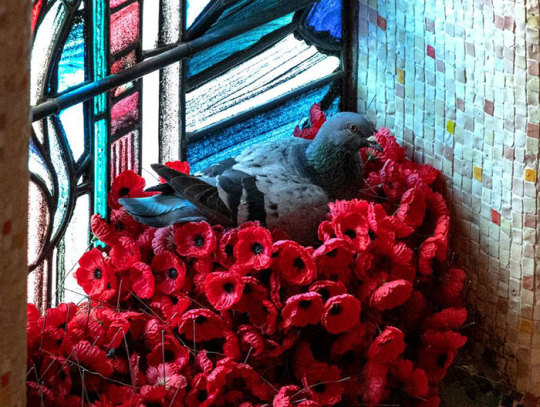

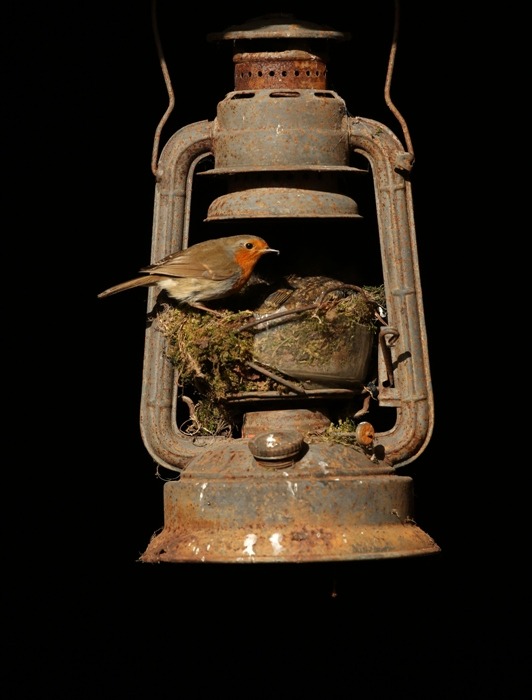
56K notes
·
View notes
Text

Art Nouveau doors in Brussels ❦
62K notes
·
View notes
Text



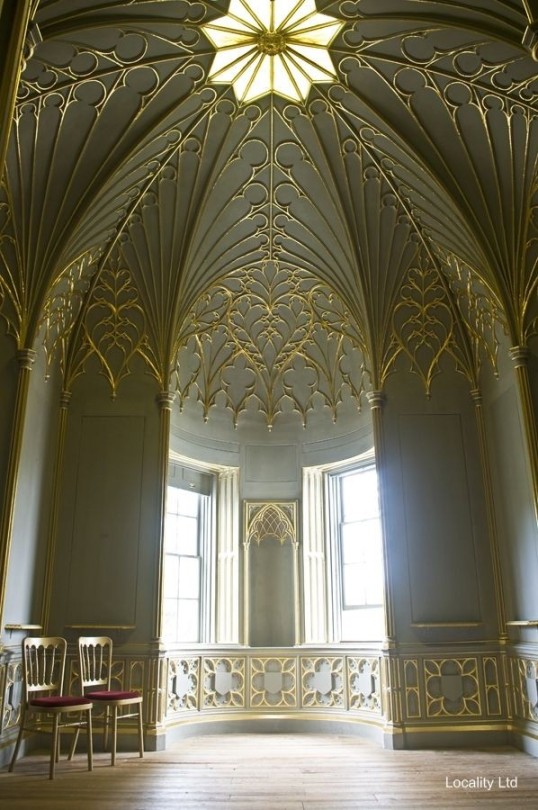
Strawberry Hill House—a Gothic Revival villa that was built in Twickenham, London 1749
75K notes
·
View notes
Text
I am learning to imagine the future:
My sycamore tree began life in the gravel at the edge of a parking lot. If trees can feel pain, that is a painful, unlucky death. I carefully dug it up and put it in a pot I made out of a disposable cup.
Hello small one. This world may be cruel, but I will not be.
I decided to take care of it, not expecting it to survive, and when my sycamore tree unfurled one tiny leaf and then another, it chiseled a tiny foothold in my terrified brain, the kind of brain that doesn't remember a world before the atomic bomb and before 9/11.
I googled the lifespans of trees. My neurons had to stretch and expand to accommodate what I learned: My sycamore tree may live five hundred years. It's hard to think something so big. In twenty years, my baby sycamore tree will be three stories tall, and the home of many creatures. In five years, my sycamore tree will be taller than I am. In one year, it will be summer.
There's this concept called sense of foreshortened future where people who have lived through trauma can't conceptualize a future for themselves because deep down they don't expect to survive, When I look forward, all I see is fire and death, melting ice and burning sky. We were raised Evangelical. All we see is Judgment Day, except there is no heaven.
But now there is a tiny gap in the wall, a crack in the door of my cell
and on the other side, I see a tree
There is, in the future, a great old sycamore tree, full of clean winds and the stir of a thousand wings. A hundred years from now. Fifty years from now. There will be forests in that world. There will be a world.
It takes courage, but we have to imagine it.
Most tree species can live in excess of three or four hundred years. I think I'm learning something. I think there are ancient voices saying hello small one, touch the dirt and the leaves, for now you are part of something that cannot die
in 2030 I will be thirty years old and the world will not have ended and there will still be hummingbirds, and we will have photos of the stars more beautiful than we can now imagine.
I planted an Eastern Redcedar; they may live nine hundred years. There will be nine hundred years. The people in that time will remember us. Maybe we will meet the aliens (hi aliens!).
I will blow out the candles on many birthday cakes in a world where there are wolves in dark forests far from home. I am learning to imagine the future. I learned recently that elk were reintroduced to the Appalachian Mountains after over a hundred years of extirpation, and that they are expanding their range.
That tiny crack I can see through now opens a tiny bit more:
Maybe elk will pass through my hometown, maybe there will be a forest where the pasture is on the high hill that I can see from my home
say it, say it, say it: ten years, thirty years, a hundred years from now
I am learning to imagine the future. There is a crack in the wall of this prison, of this machine, of this darkness, and through it, I see a tree.
31K notes
·
View notes
Photo
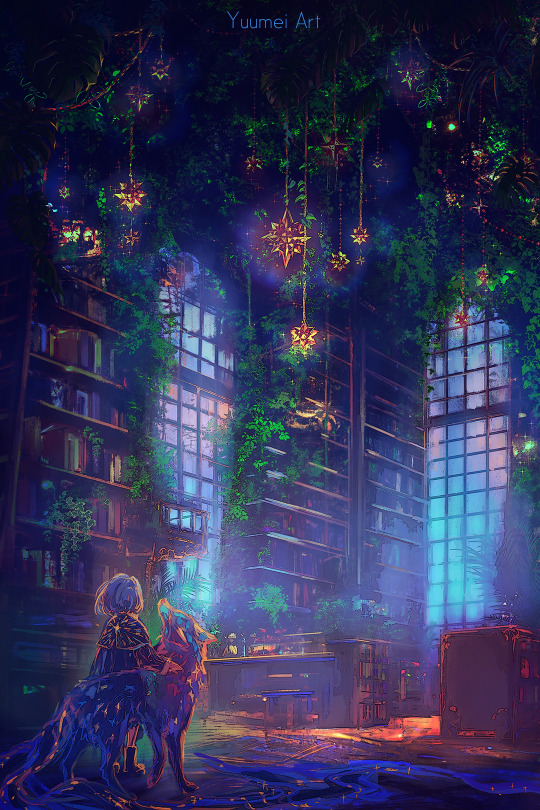
Why can’t my local library be literally magic ;_;
29K notes
·
View notes
Text
That strange feeling of longing when you are at a train station, in a 24/7 open market, when you are buying a coke from a vending machine, watching the city lights glow from your window, when you’re walking aimlessly on a busy street after 5 pm, that feeling as if something is missing in your life and it will never come back although it was never there in the first place; that inexplicable urban sadness.
113K notes
·
View notes
